| Philodromus dispar (Walckenaer, 1826) |










|
|
Scientific name: Philodromus dispar (Walckenaer, 1826) Common name: French name: Order: Araneae Family: Philodromidae Size: 4-5 mm. Biotope: Deciduous or coniferous forests, copses, parks and gardens. Web: No web. Observation period: You can mainly observe adults between April and late July. You may also observe a few females in autumn and winter. Females attach their egg cocoon to leaves and guard it till the little spiderlings hatch out in autumn. Geographic area: Western and central Europe. |
Philodromus dispar is a small spider with an important sexual dimorphism. However both sexes show well marked white sides on the abdomen which can be used as a key to tell this species apart. Females have a brown cephalothorax with well separated white, creamy or pale yellow edges. Their abdomen is pale brown to brown with darker borders. There can be a leaf-shaped mark, or folium, in the centre. The sides are white, pale yellow or cream and sharply marked. Males have a black or very dark brown cephalothorax with well marked white stripes on each side. The abdomen is black or very dark brown too. It has white sides. On both sexes, the legs are greyish and finely punctuated with black spots. Philodromus dispar does spin webs, it captures insects by moving very fast. Young spiderlings over winter under the bark of trees. |
| [To know more about the Philodromus dispar] [Next picture] [Top] |
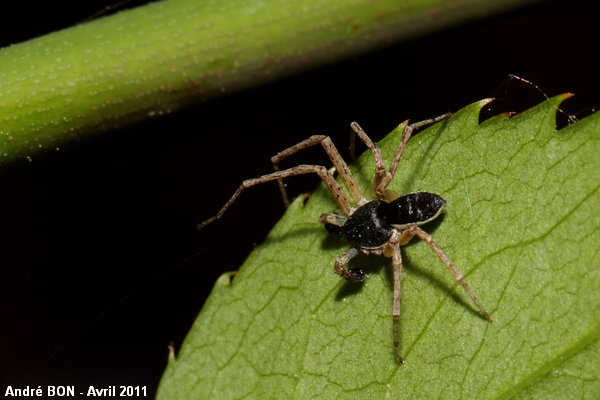
|
At least one spider species which is easy to tell apart only with a picture. You can clearly see the white edges of the abdomen. This male Philodromus dispar is missing two legs. |
| [To know more about the Philodromus dispar] [Next picture] [Previous picture] [Top] |
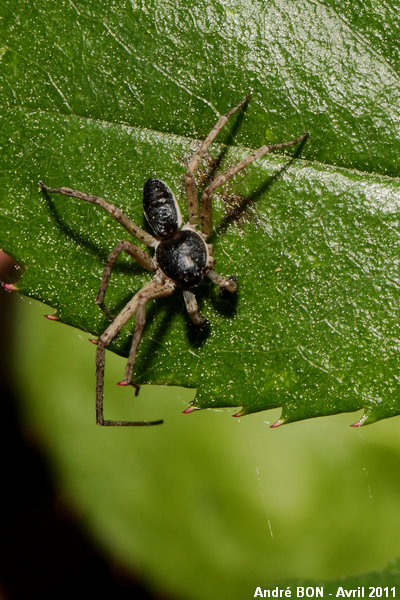
|
I have just to observe on female now. |
| [To know more about the Philodromus dispar] [Next picture] [Previous picture] [Top] |
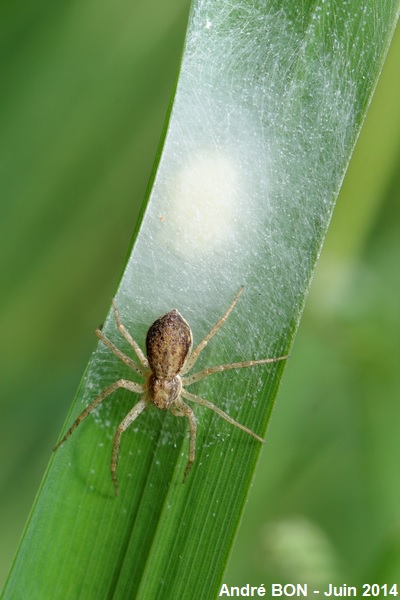
|
Here is one female guarding its cocoon. |
| [To know more about the Philodromus dispar] [Next picture] [Previous picture] [Top] |

|
This front view allows to see the typical eye pattern of the Philodromidae family. A closer view would have been better but this is not easy in the field. |
| [To know more about the Philodromus dispar] [Next picture] [Previous picture] [Top] |
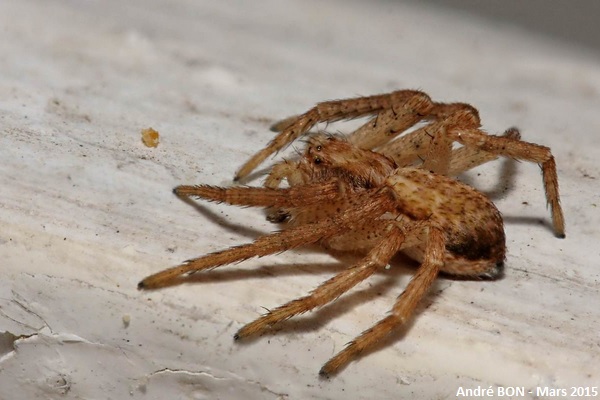
|
Here is a juvenile female seen on a window sill of the house. |
| [To know more about the Philodromus dispar] [Next picture] [Previous picture] [Top] |
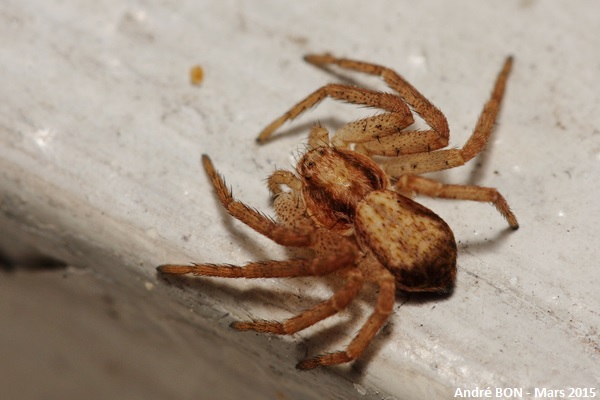
|
Upper side view. |
| [To know more about the Philodromus dispar] [Next picture] [Previous picture] [Top] |

|
And here is an immature male, possibly the brother of the previous female seen on the same day. |
| [To know more about the Philodromus dispar] [Next picture] [Previous picture] [Top] |
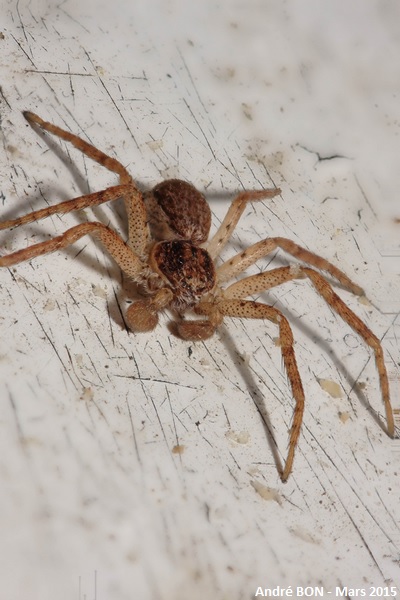
|
Immature males do not yet show the very dark colour of adults. |
| [To know more about the Philodromus dispar] [Next picture] [Previous picture] [Top] |
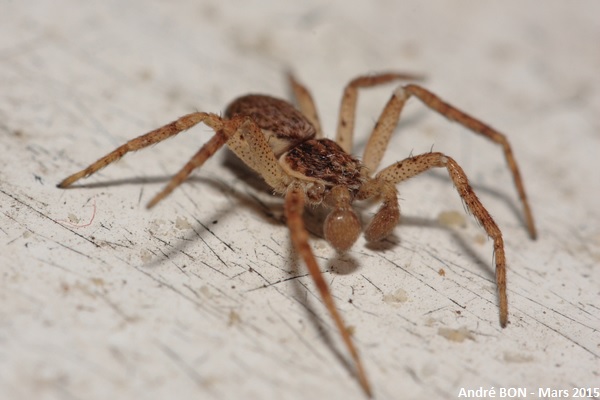
|
Although juveniles of both sexes are similar in colour, the bulky pedipalps of males allow them to be easily distinguished. |
| [To know more about the Philodromus dispar] [Previous picture] [Top] |
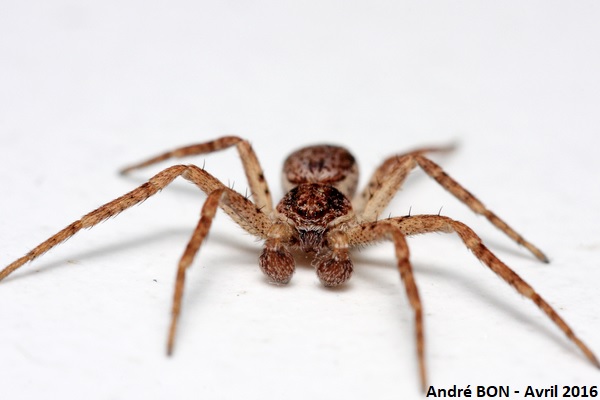
|
Front view of a male juvenile. |